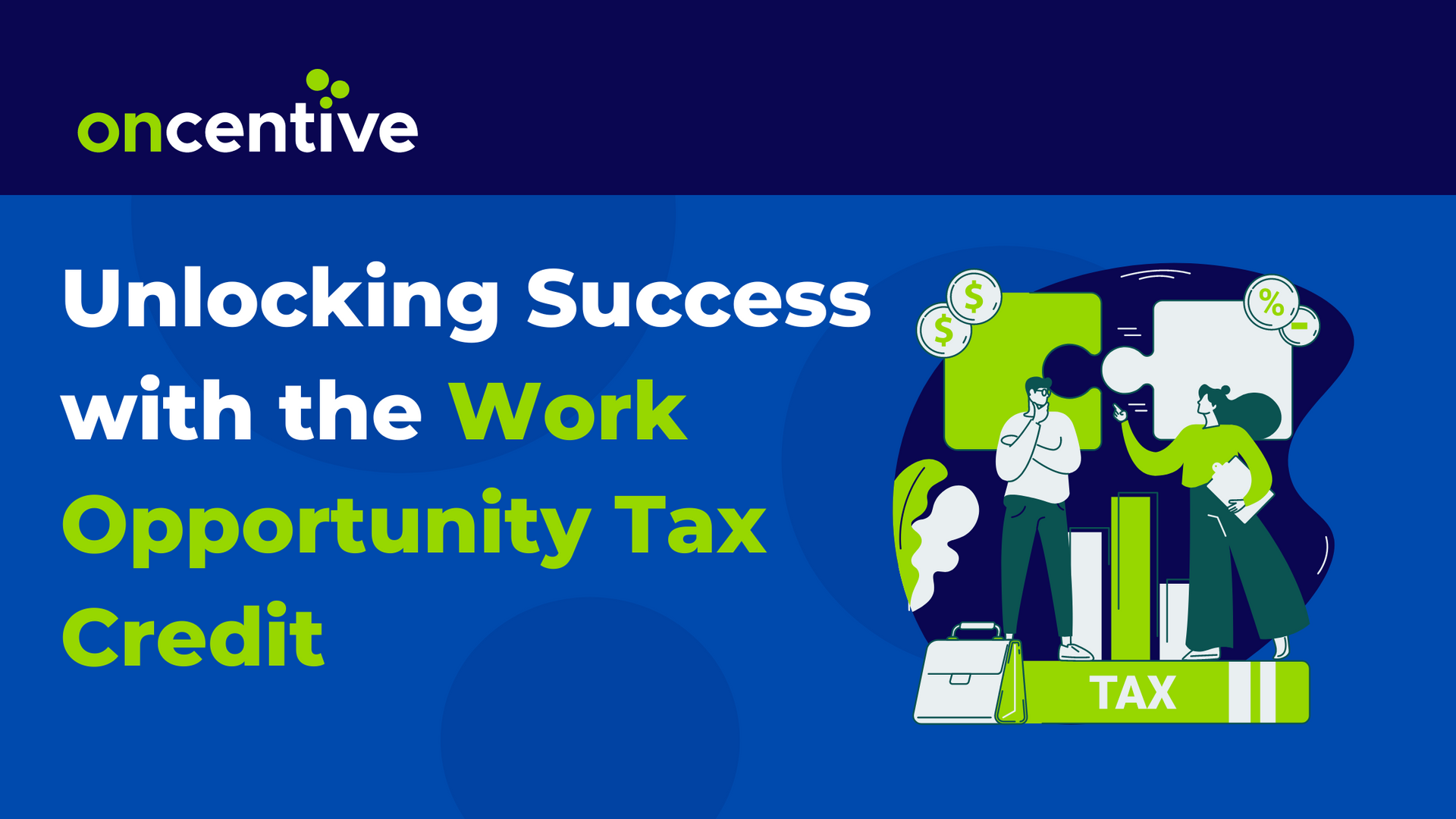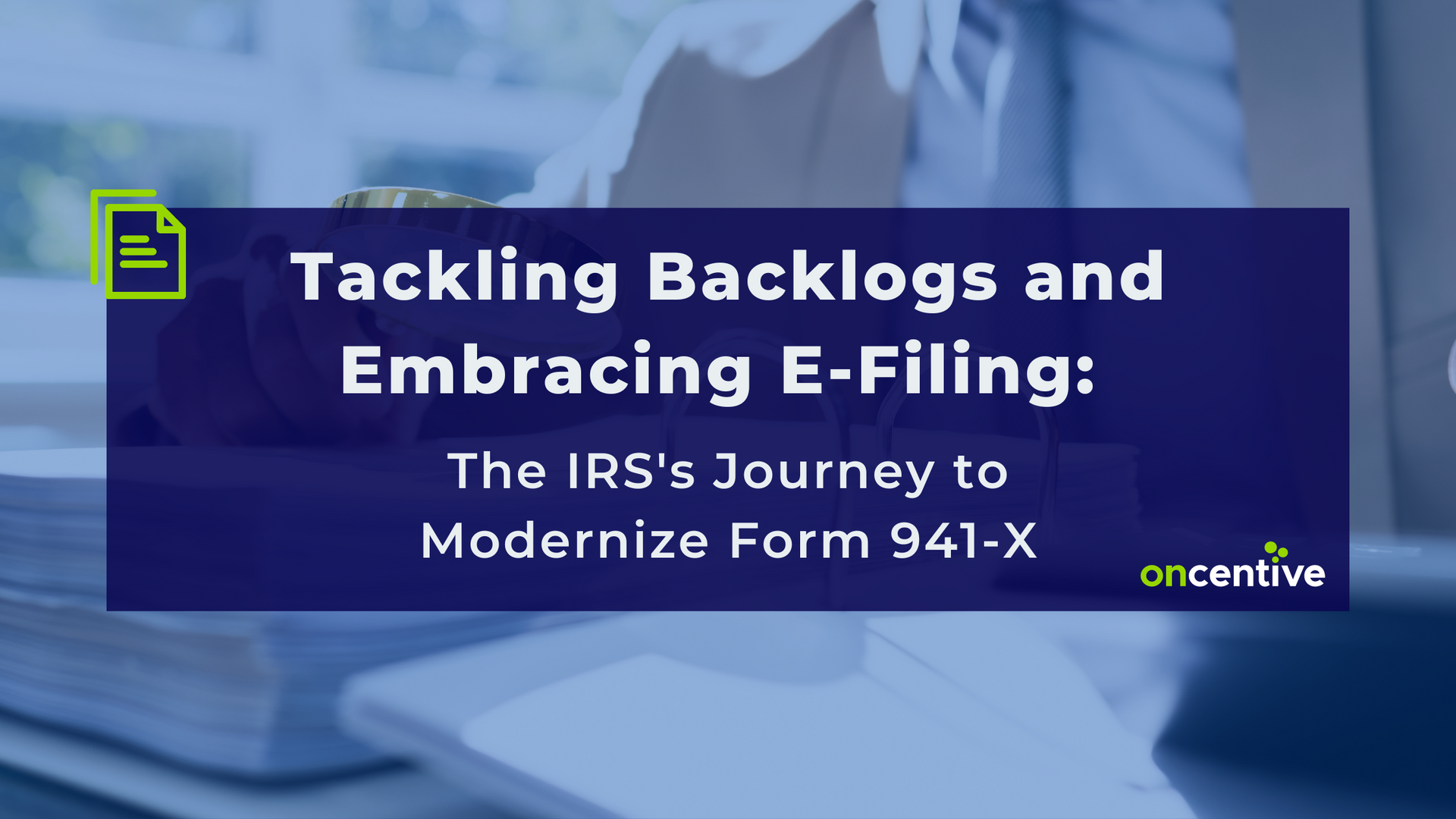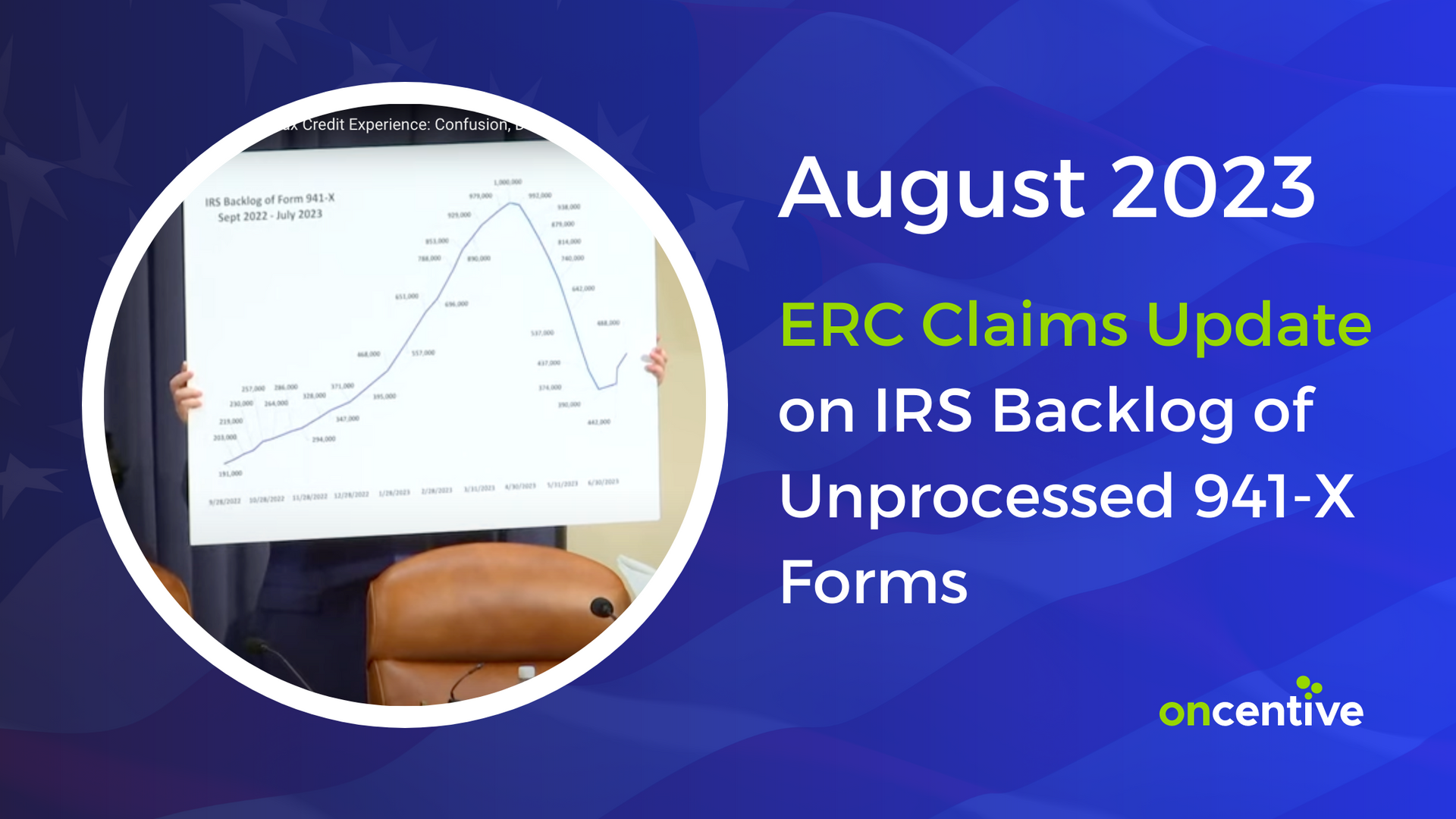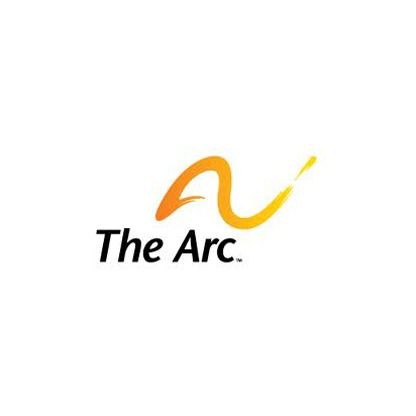What Qualifies the Research and Development (R&D) Tax Credit?

As of January 3rd, 2022, the Internal Revenue Service (IRS), announced that there would additional information required for a Research and Development (R&D) tax credit. The IRS stated that there will be a transition period from January 10th, 2022 through January 9th, 2023, where taxpayers will be given a 30 to 45-day grace period to correct a refund claim, if the IRS determines a claim to be deficient of information. The new essential pieces of information are as follows:
1. A list of all the related and supportive business components to the research credit for that claim year.
2. A description of each research activity performed by each business component.
3. Identification of the individual(s) engaged with the research activities by business component, full names and titles, in a list, table, or narrative format.
4. Detailed information of the research each individual pursued to discover by business component, also in list, table, or narrative format.
5. Total amount qualified for the claim year – employee wage expenses, supply expenses, contract research expenses, etc.
A Quick Review of the R&D Tax Credit
The United States Federal Government has offered the R&D tax credit since 1981 as an incentive for companies whose main goal is to research and develop new products. Large companies and corporations have been thriving off this credit since then. However, the small startups or small businesses, either don’t know it exists, don’t believe they could qualify for it, or simply don’t understand its benefit. That where trusting and partnering with an outsourced tax credit specialist comes in to play.
Conclusion
The documentation for an R&D credit is what hurts most of the taxpayers, if they are doing it themselves. The IRS still devotes most of their resourcing to auditing, especially the R&D tax credit. The IRS states that any R&D activities must “be clearly and reasonably documented” in order to comply with qualification tests required by the IRS. The new guidance introduced in January 2022 only increases IRS scrutiny for these R&D credits, that could only help small businesses in the long run.
Have Questions or Need More Information?


 <script type=" text=""/>
<script type=" text=""/>



















